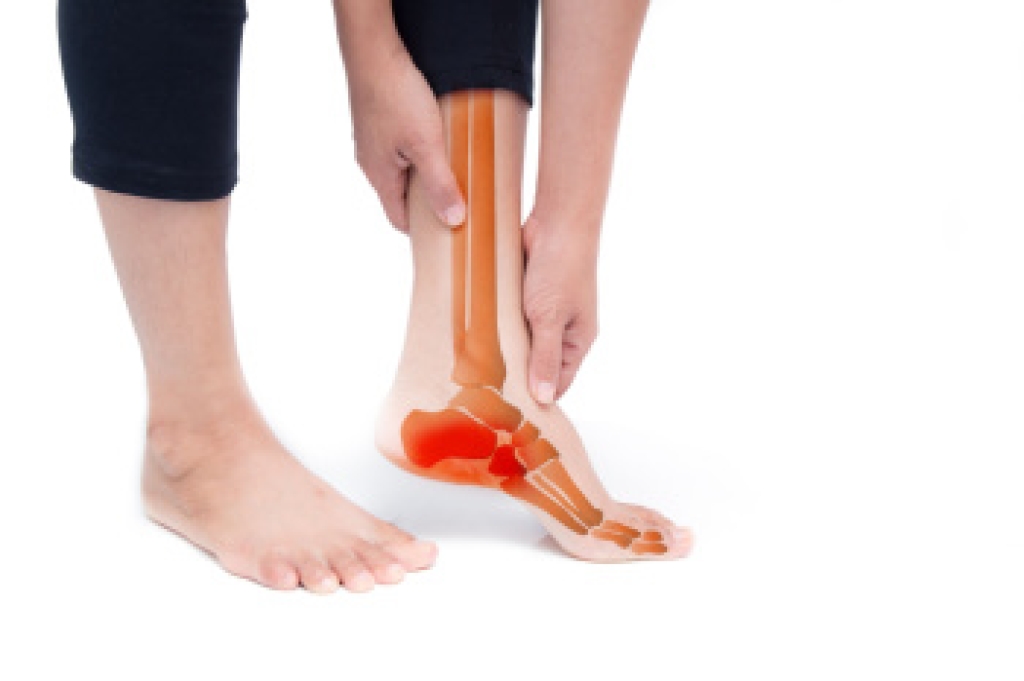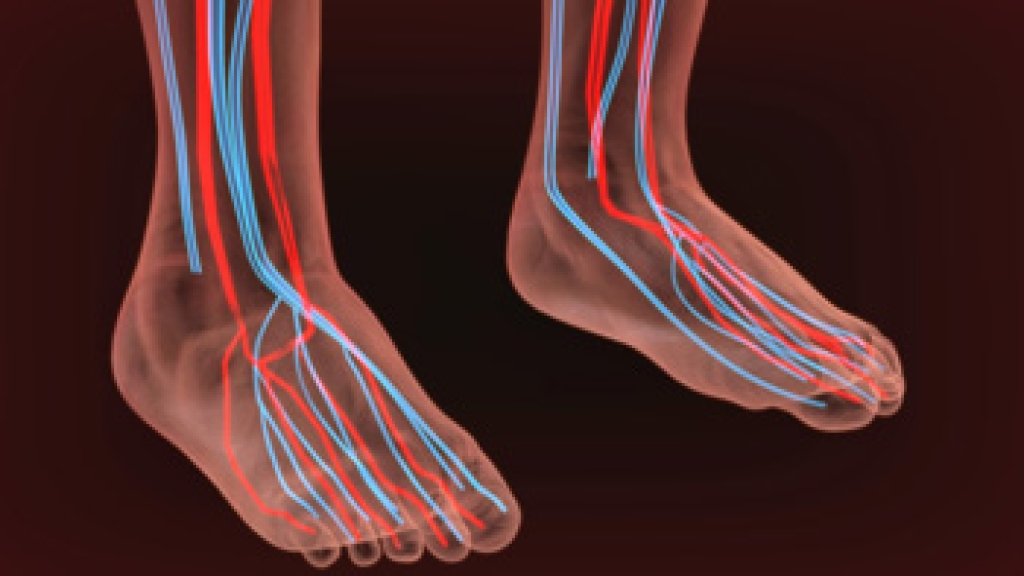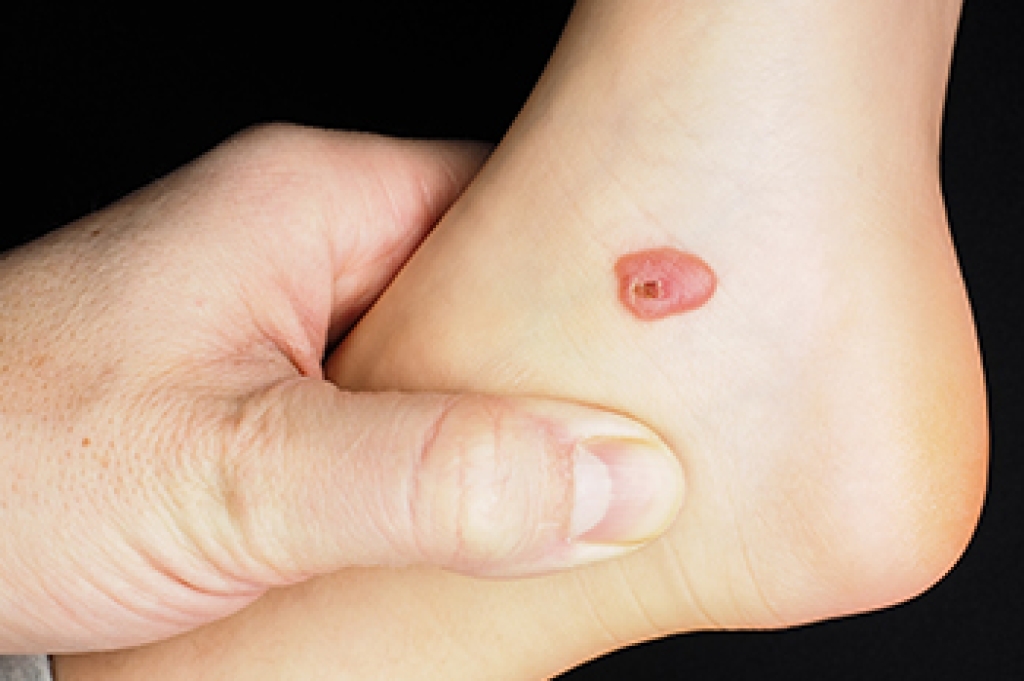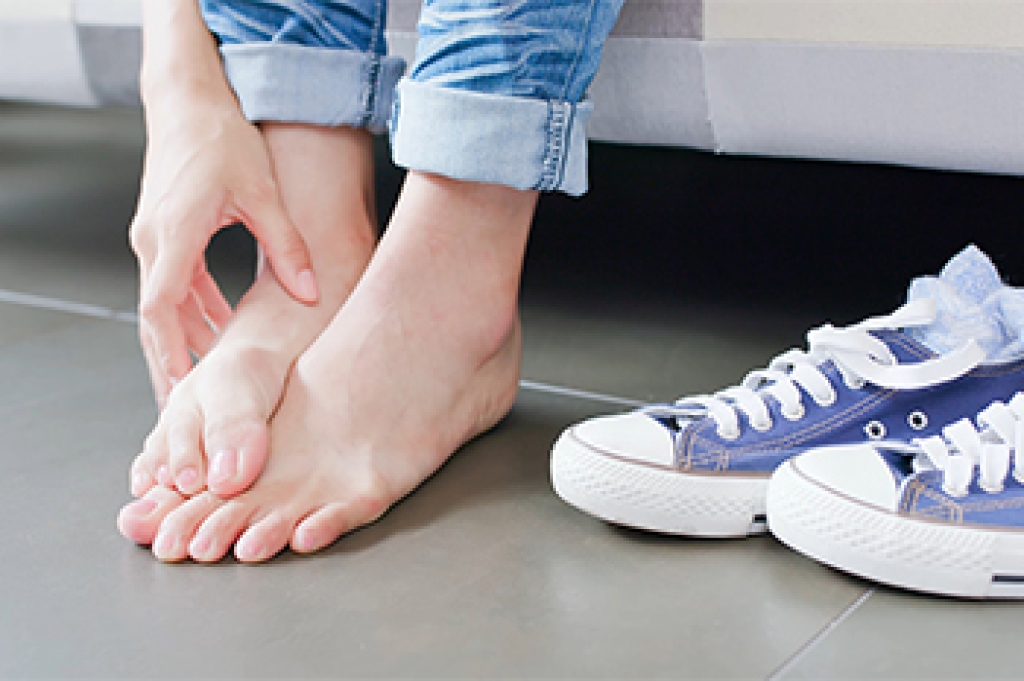
When the nerves in the feet lose sensation or do not send signals properly, the risk of injury increases. Cuts, blisters, or sores may go unnoticed and can become infected before they are detected. Reduced awareness of temperature can lead to burns from hot surfaces, or frostbite in cold conditions. Balance may be affected, making falls more likely. Over time, untreated injuries and infections can progress to serious tissue damage, sometimes requiring surgical intervention. Chronic pain from nerve damage can also interfere with daily activities, sleep, and overall quality of life. In people with diabetes, these complications are especially concerning, as slower healing can lead to further medical issues. Regular foot checks, wearing protective footwear, and prompt attention to any changes are essential steps in prevention. If you have symptoms of nerve damage, it is suggested that you see a podiatrist for a thorough evaluation and guided advice.
Neuropathy
Neuropathy can be a potentially serious condition, especially if it is left undiagnosed. If you have any concerns that you may be experiencing nerve loss in your feet, consult with one of our doctors from Godoy Foot and Ankle Center. Our doctors will assess your condition and provide you with quality foot and ankle treatment for neuropathy.
What Is Neuropathy?
Neuropathy is a condition that leads to damage to the nerves in the body. Peripheral neuropathy, or neuropathy that affects your peripheral nervous system, usually occurs in the feet. Neuropathy can be triggered by a number of different causes. Such causes include diabetes, infections, cancers, disorders, and toxic substances.
Symptoms of Neuropathy Include:
- Numbness
- Sensation loss
- Prickling and tingling sensations
- Throbbing, freezing, burning pains
- Muscle weakness
Those with diabetes are at serious risk due to being unable to feel an ulcer on their feet. Diabetics usually also suffer from poor blood circulation. This can lead to the wound not healing, infections occurring, and the limb may have to be amputated.
Treatment
To treat neuropathy in the foot, podiatrists will first diagnose the cause of the neuropathy. Figuring out the underlying cause of the neuropathy will allow the podiatrist to prescribe the best treatment, whether it be caused by diabetes, toxic substance exposure, infection, etc. If the nerve has not died, then it’s possible that sensation may be able to return to the foot.
Pain medication may be issued for pain. Electrical nerve stimulation can be used to stimulate nerves. If the neuropathy is caused from pressure on the nerves, then surgery may be necessary.
If you have any questions, please feel free to contact our office located in Wayne, NJ . We offer the newest diagnostic and treatment technologies for all your foot care needs.




